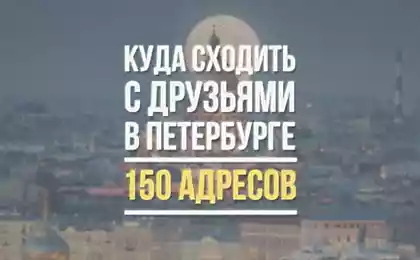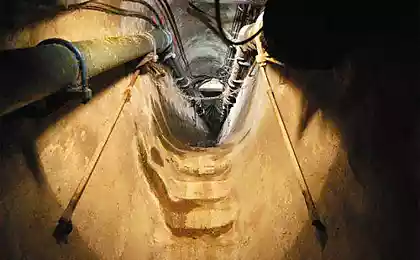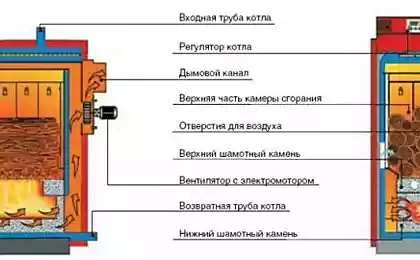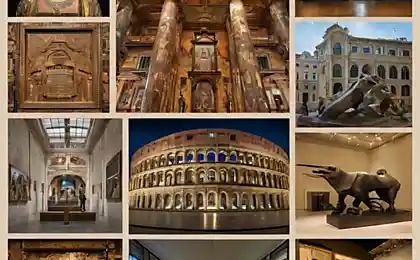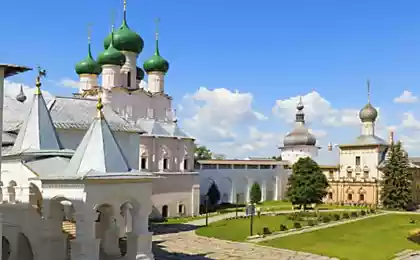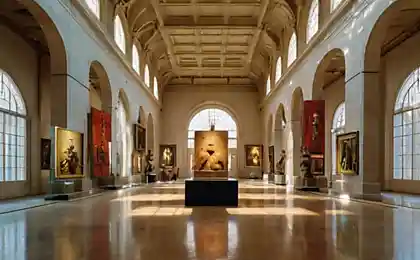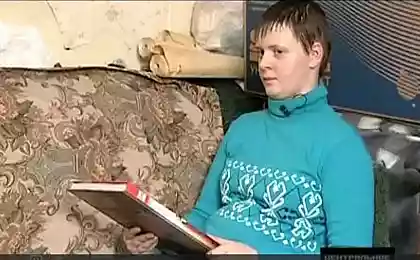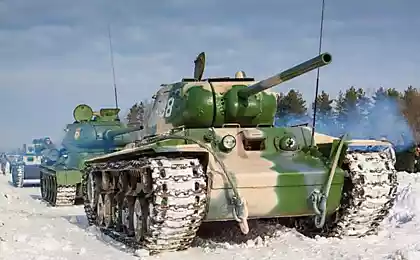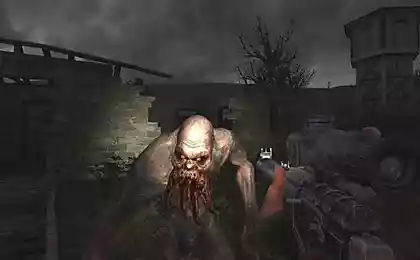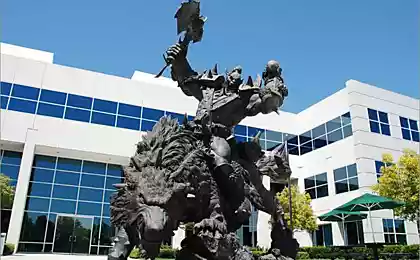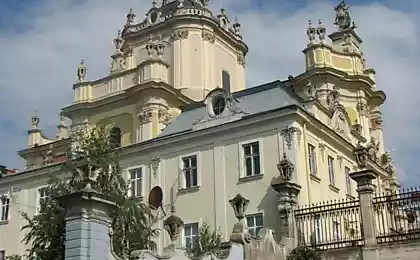1164
Popov Museum of Communications
The guide-wire
69 pictures
We continue to get acquainted with the museums.
Central Museum of Communications Popov
St. Petersburg, Post Office Lane 4
01
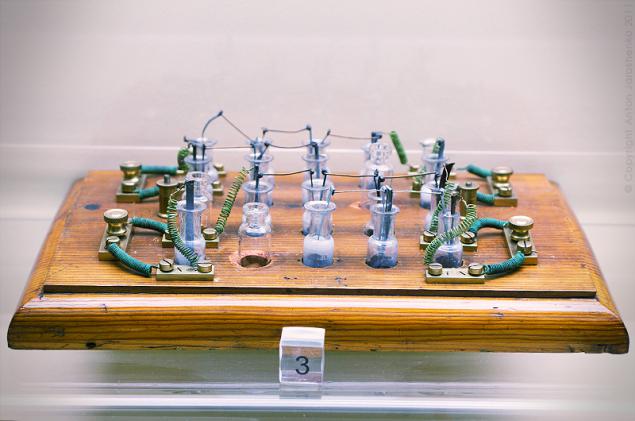
Popov Museum of Communications, surprisingly about the means of communication. Very interesting and interactive. It has exhibits showing certain laws of physics, properties and types of data.
02. It begins with a museum exposition analog-mail. Previously, nearly drove like that.

03. Those who lived to the south, carried mail by camel, that's it.
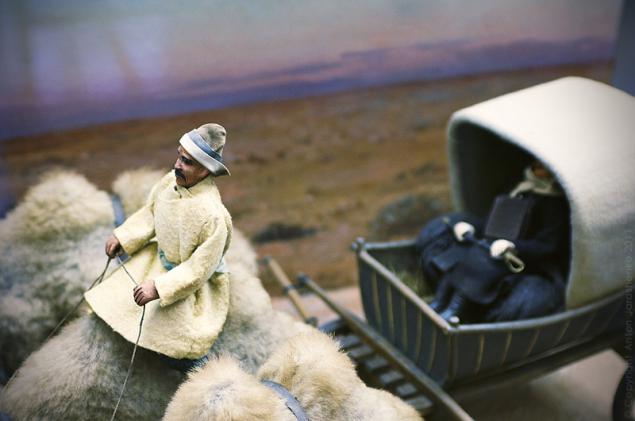
04. Those who lived to the north, were taken to the dogs, that's it.
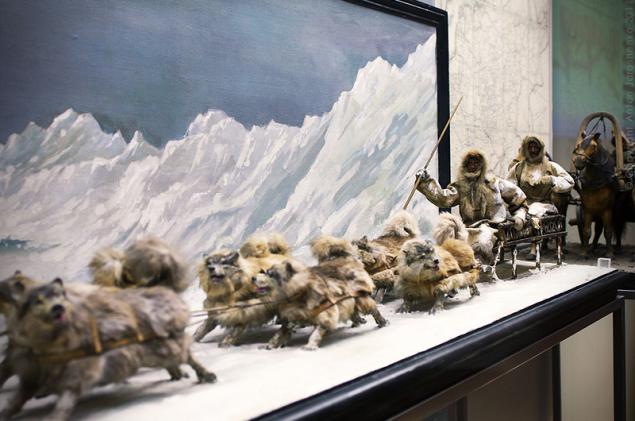
05. In general, presented a different kind of historical postal crews.
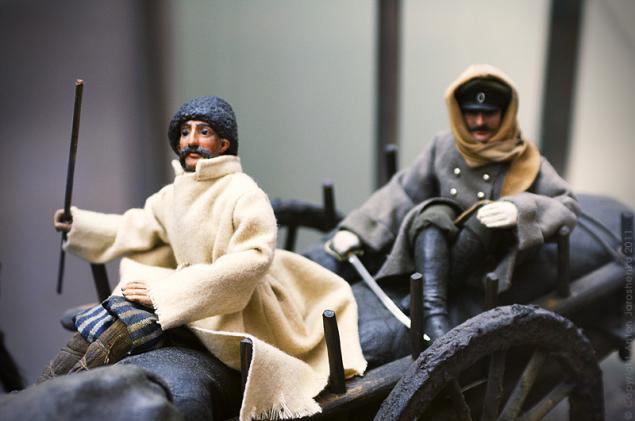
06.
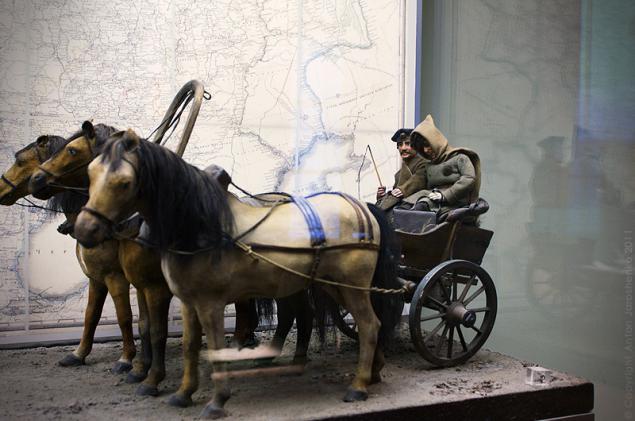
07. In the section devoted to post a huge collection of brands in different years. Terribly interesting to see.
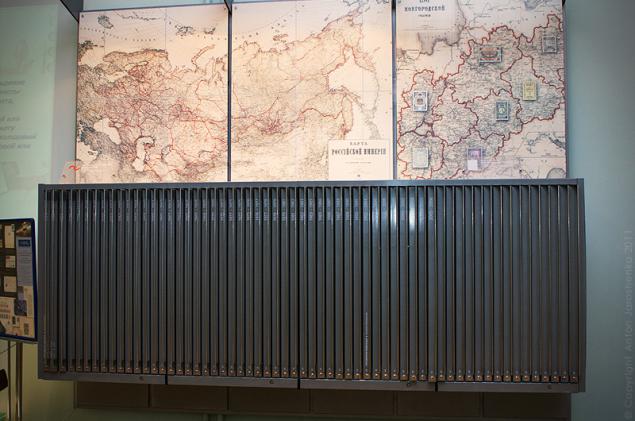
08.

09.
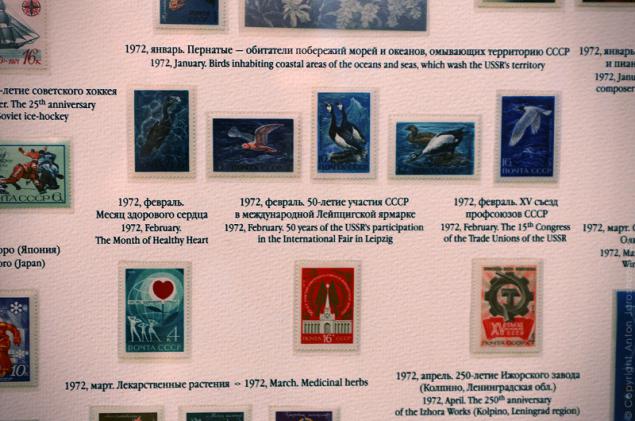
10. Postal print.
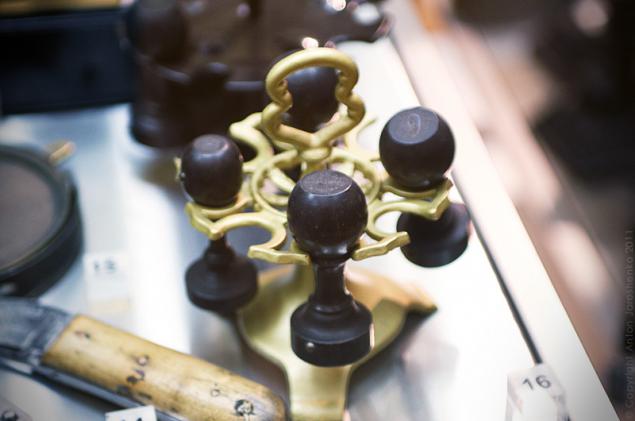
11. Postal wagon.
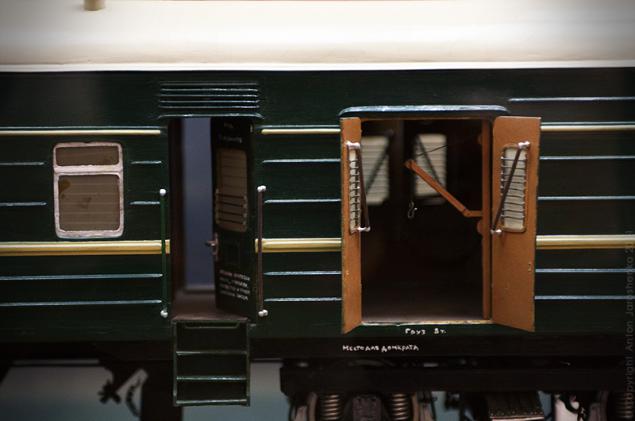
12. Traffic traveling casket officials with all the necessary items in the way.
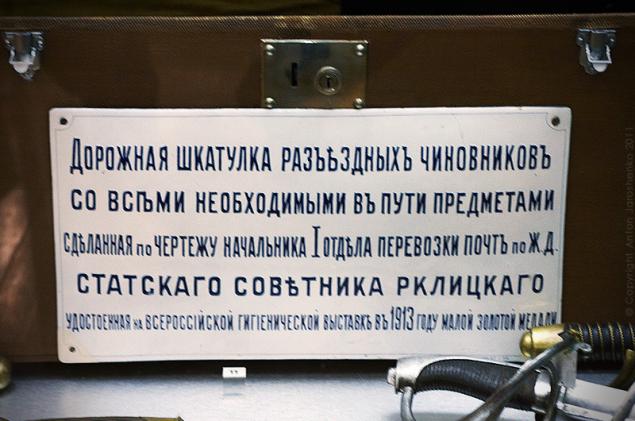
13. Do you remember these scales? Each post stood. With the pay scale.
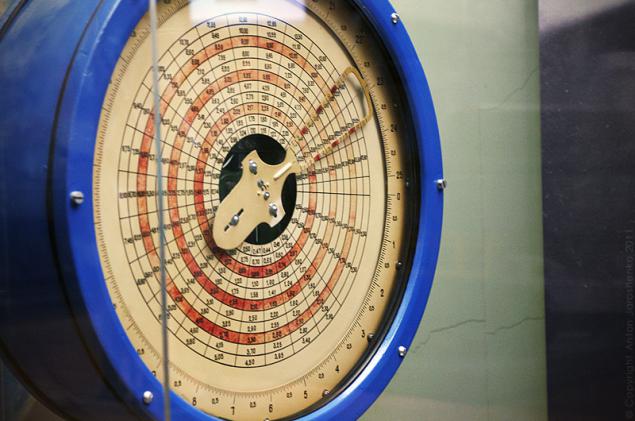
14. But undoubtedly the most interesting exhibit is a working installation of pneumatic.
Used settings such as libraries, warehouses, manufacturing, banks, where needed within the production at some distance to transfer documents or objects.
It works like this. Here is a capsule taken. It put a document or object that you want to transfer.
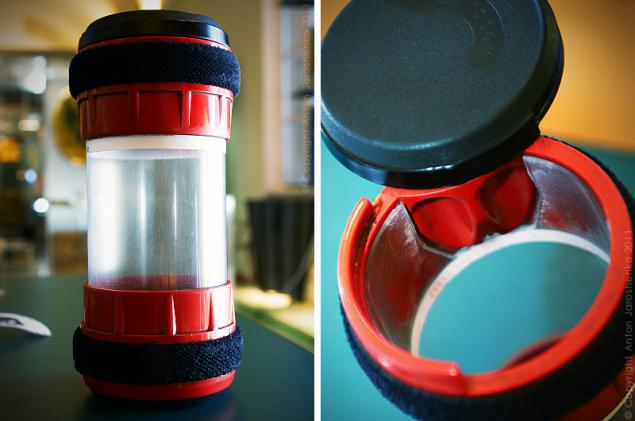
15. The capsule is mounted on the base.
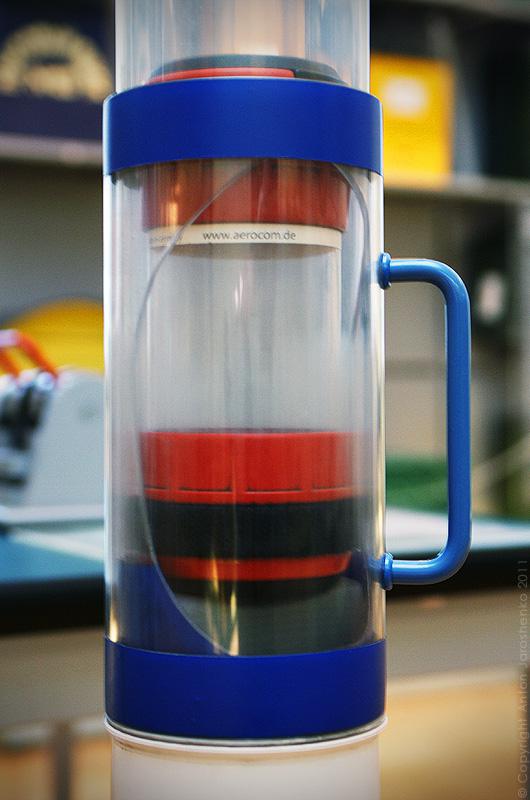
16. Push the button, and our capsule flew through the pipe to the base of the destination.
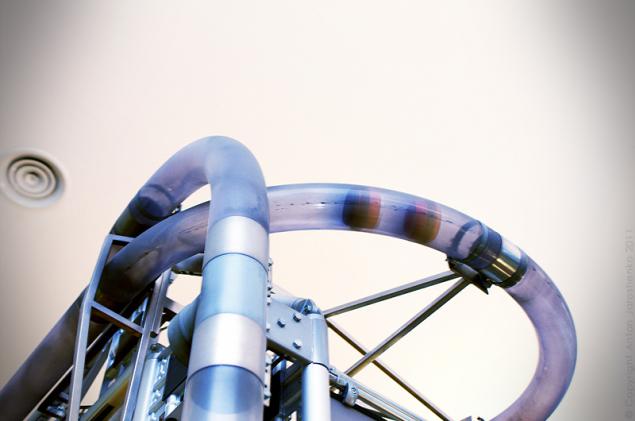
17. Then there are expositions telling about the first experience of communication wires.
Experimental battery Volta galvanic cells.
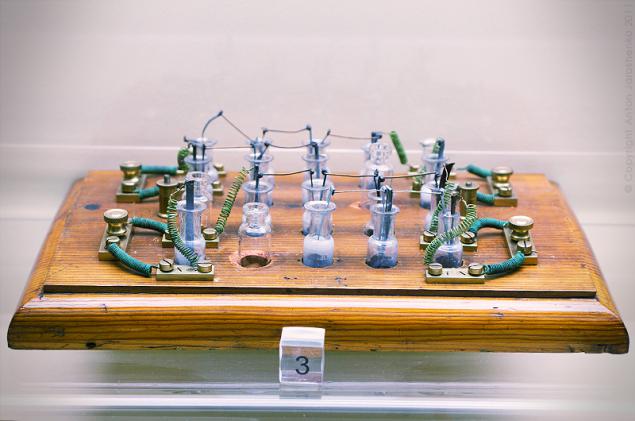
18. Installation showing the principle of electromagnetism.
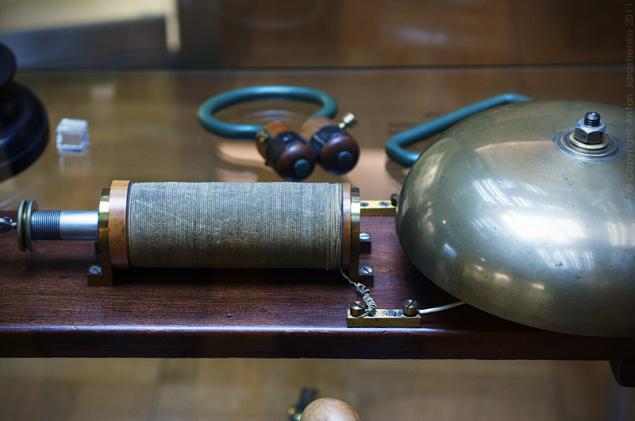
19. The underground telegraph lines.
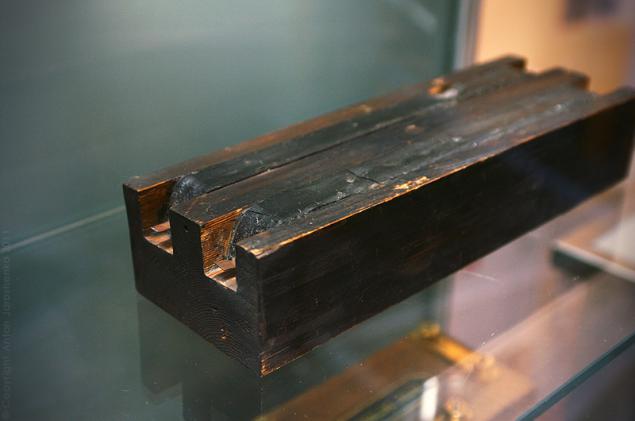
20.

21.

22. induktornym telegraph, manufacture Siemens 1860.
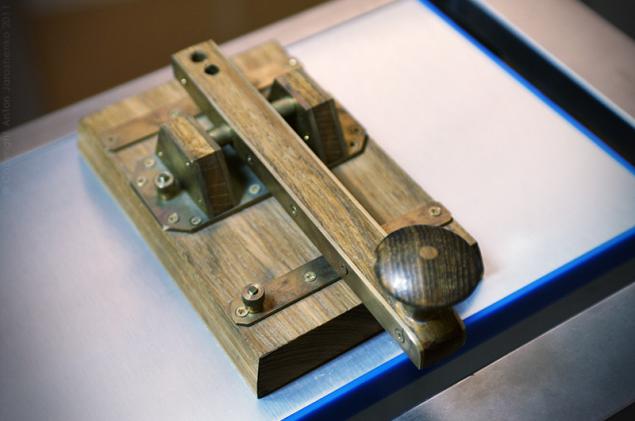
23. If you come to the museum with friends, you can talk to Morse code.
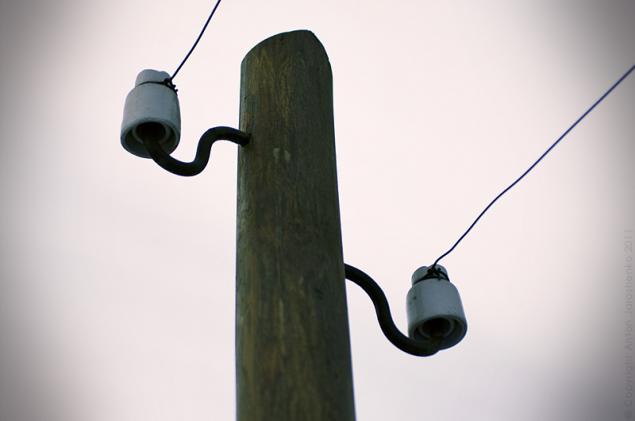
24. It should be a telegraph pole, all at Chesnakov.

25. Installation, demonstrates the power of sound waves. On the speaker can put paper clips, pins, and shout with all the dope into the microphone.
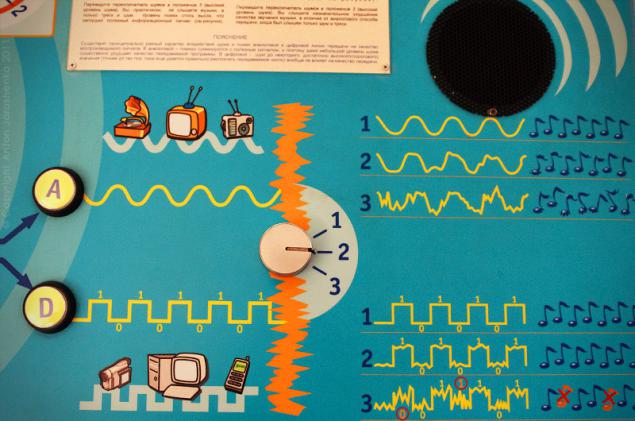
26. This stand demonstrates how the ear sound analog and digital interference.
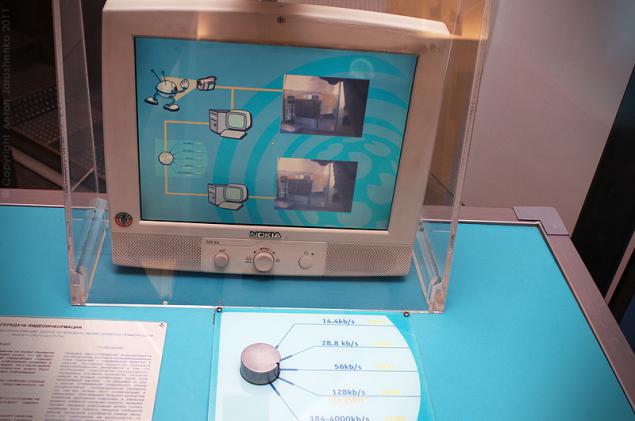
27. Our friend inductor telegraph Siemens.

28. Military field installation Morse relief device.

29. Klopfernaya installation at the general table.

30. This switch.
- Hello, girl ...
- Fifteenth, I listen.
- Girl, please Tomsk, number one hundred and twenty, forty-four, eighteen.
- Wait.
...
- Hello, Tomsk, Moscow is connecting ...
And the bottom connector is stuck into the appropriate slot on the switch. So Intercity worked in Soviet times. Several of these units stood in a row and they were on duty day and night, girls. Long ago, when it was not a museum piece, the author even participated in the process.
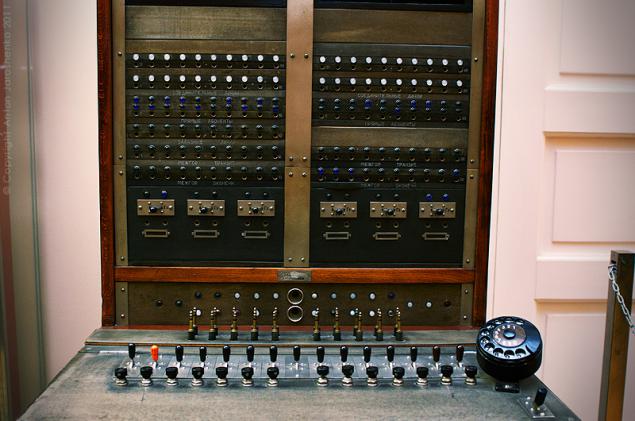
31.
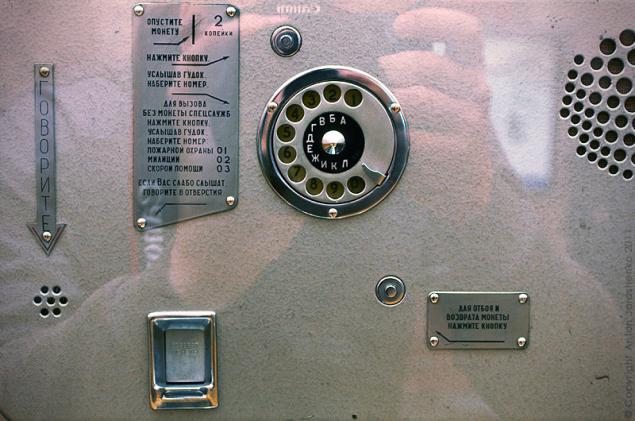
32. Switch much earlier period. The beginning of XX century.
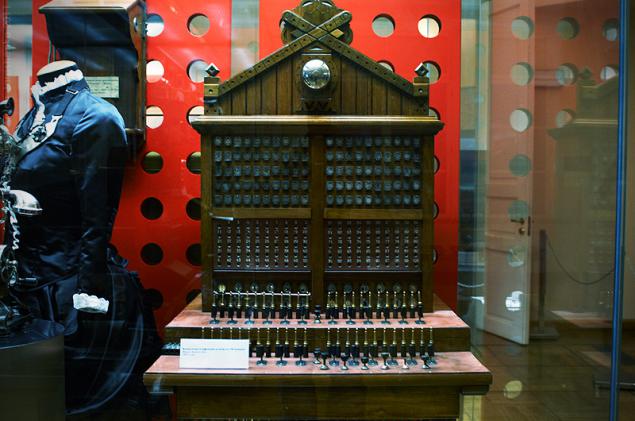
33. Freaky beauty phone that apparently Singer sewing machine designers do.
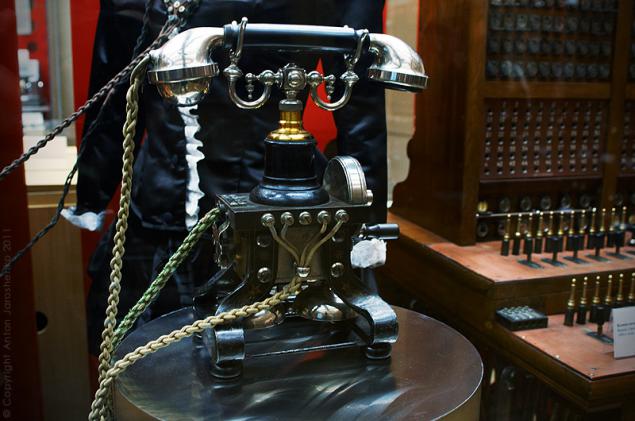
34. The headset telephone operators. By the time this is also the beginning of the XX, the end of the XIX centuries.
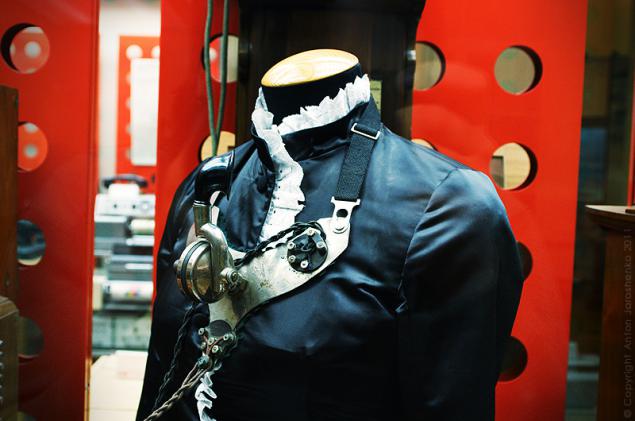
35. Well, no, that is, you imagine. Those switches, about which I said above, were still in my memory in the 90's and these headsets with older switches this is the end of the XIX century, that is the difference in a hundred years, fundamental changes have been. Now imagine, since the 90's as a link stepped forward and for how long, for a century, the industry has been waiting for the jump.
Older phones.
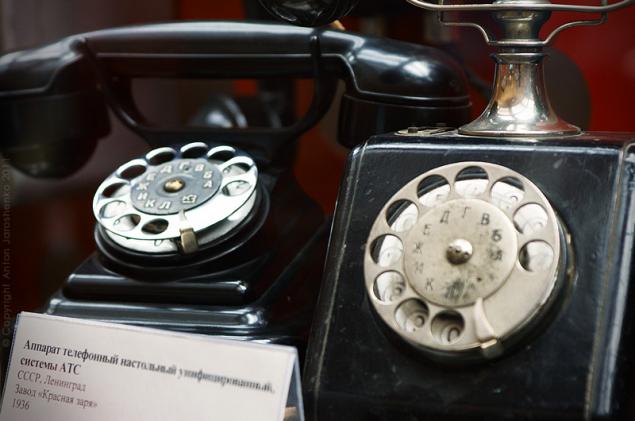
36. Another great phone.
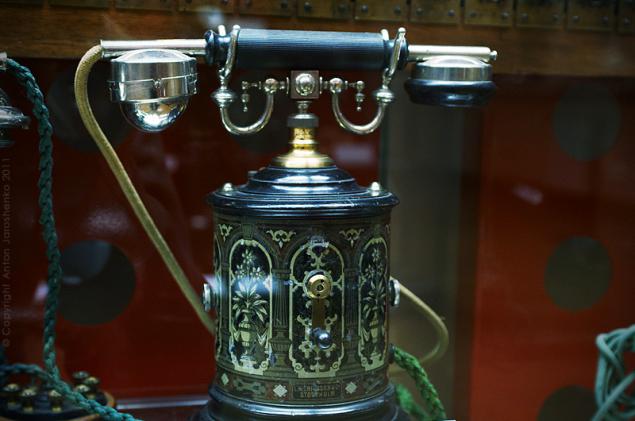
37. Switch office ATSK those years.

38. In general, older phones in the museum very much, very remarkable instances. But we did not film endless, so go ahead. And anyone interested go to the museum themselves look at them, I do not replace your trip to the museum, I was just telling you about it.
Sound engineering console. I operated on a "lighthouse" until 2005.
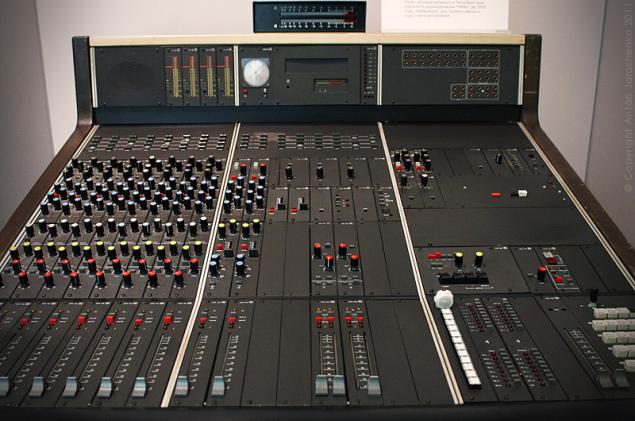
39. Radio "The Star-54" Moscow 1954.
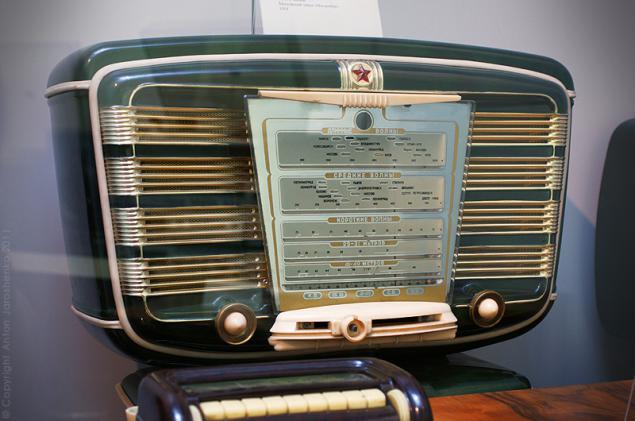
40. Radio "VEF-M557 super" Riga 1947.
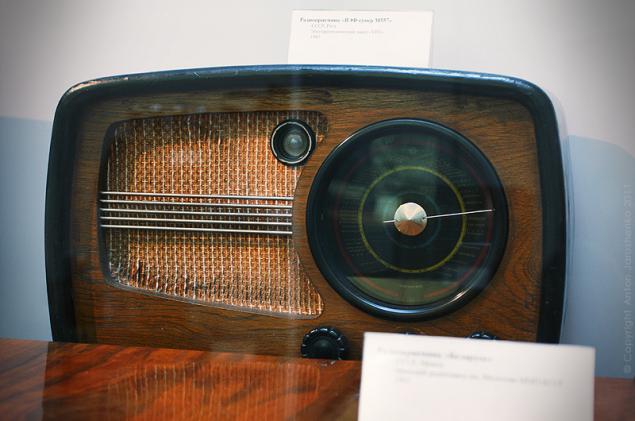
41. Radio telephones. Here the question remains unclear what niche and communication format occupy these devices, it is a question likely to signalmen. These are not the cordless phones that you have at home, such as a tube to the apartment to walk, but it's not mobile phones.

42. Those who have not been in the 90 mobile phones, pagers used. But for those who do not otduplyal nothing in the 90 tell. This sort of thing for which only come sms. And to send a smsku (paging message) I had to call the operator and say you are a subscriber to this something you want to tell: "Bob, we are waiting for you on Tverskaya, which is usually". Not once did anyone pager never posted messages zapadlo had somewhere to call and dictate text messages.
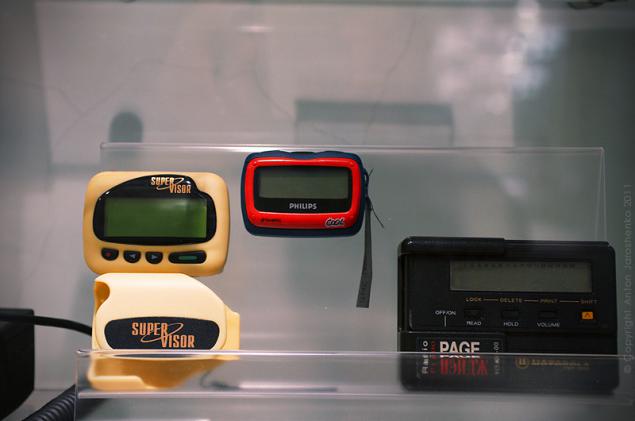
43. The base station GSM Nokia DE-21 in 1994.
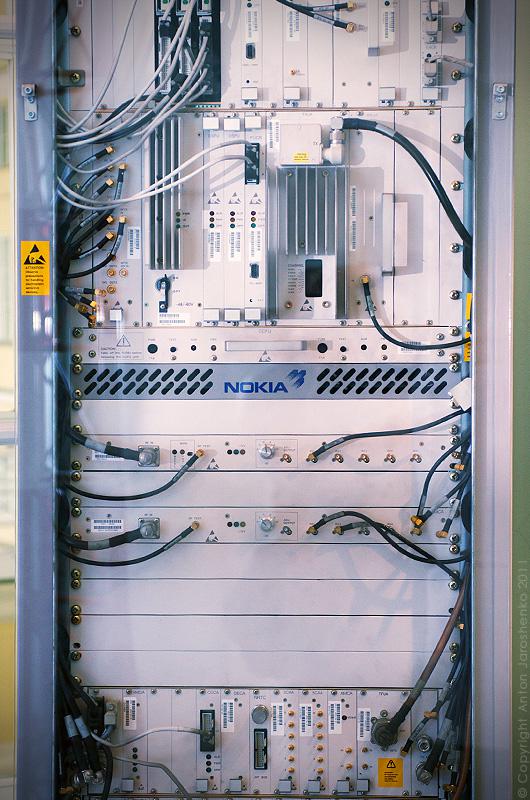
44.

45. Mobil in stock.
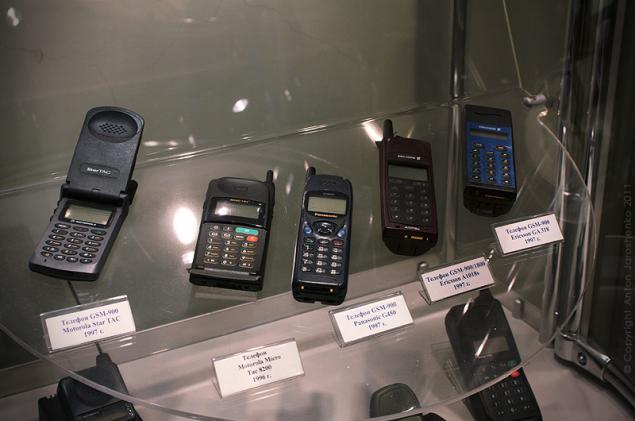
46. Well, that's all cool gadgets for his age.
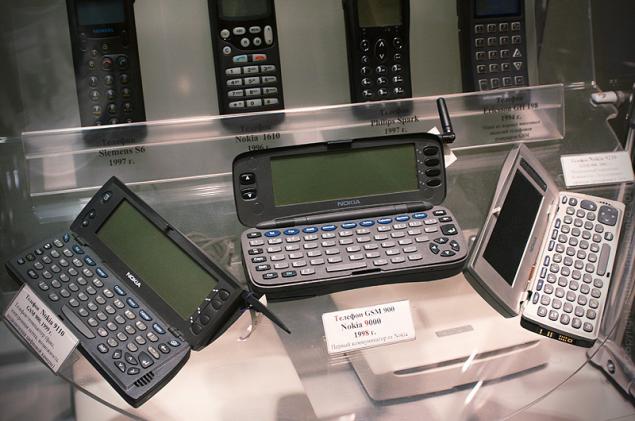
47. Get away from Mobil.
Television camera color image "CT-116TS" 1971. On the domestic television studios up to 90 such cameras were in service.
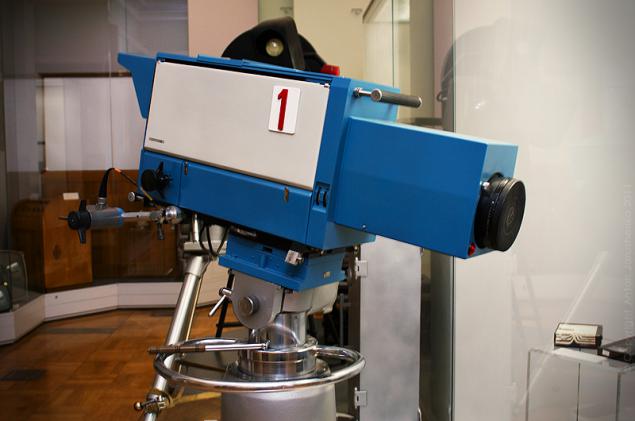
48. "Youth 2" in 1971.
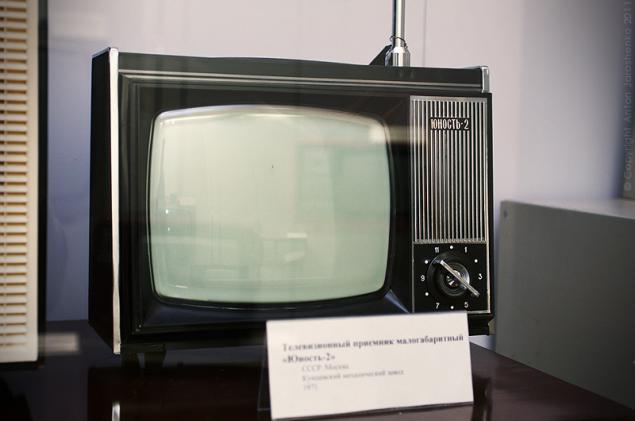
49. "Silelis" 1983. Such a box is considered cool to have.
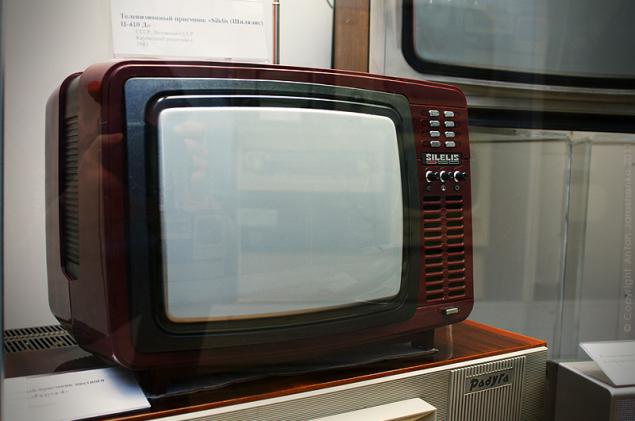
50. But let us return to a little telephone. We dive into analog PBX. This area now requires a couple of lockers for customer service. And earlier exchanges took huge buildings, several floors of automatic relay stations. The museum is a mock-Asian
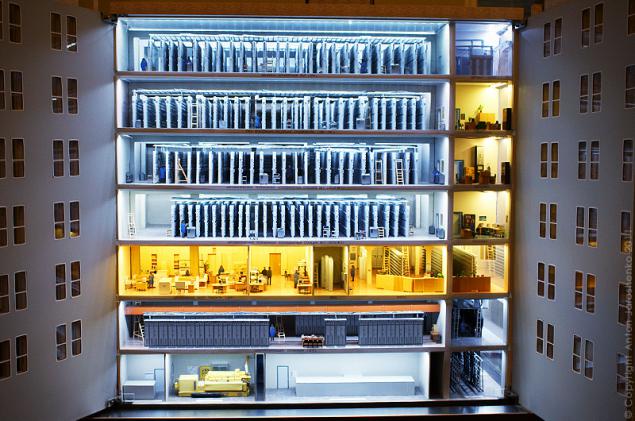
51. One drawback on the model, the computer did not exist in the ATSC, a maximum of one or two, but not as much as on the model.
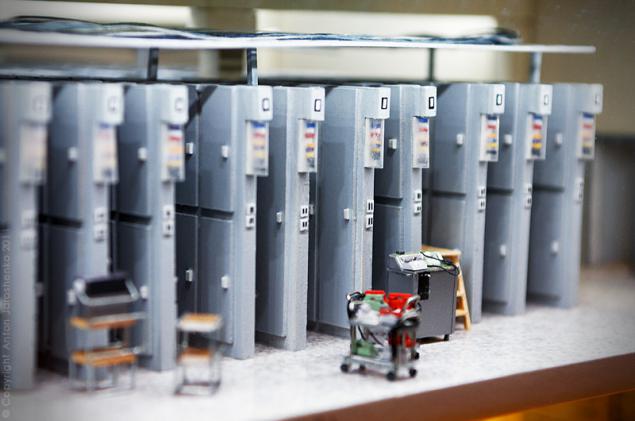
52. Not only is the layout of the device reflects station. ATS relay installed itself in the hall of the museum. Actions and works.

53. Nearby are phones numbers written on them. It can be from a nearby phone call this by its number through this same PBX. Klats-klats-klats, tr-tr-tr, click the relay, it works!
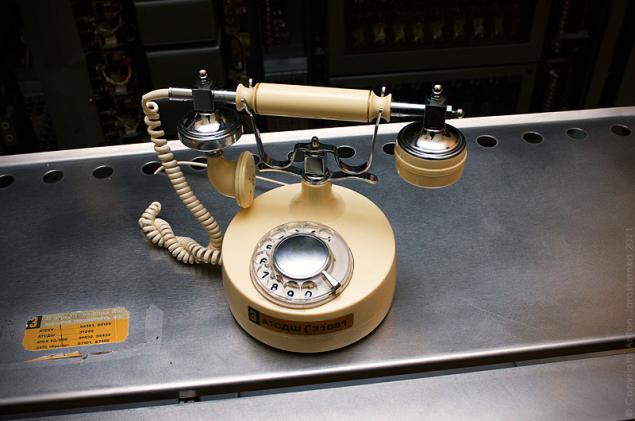
54. All elements of communication, used by the person in the home, interior installations represented different eras.
postwar intererchik.

55. Soviet era. Somehow, the whole period of the scoop prefer to display the restructuring.

56. Nineties.
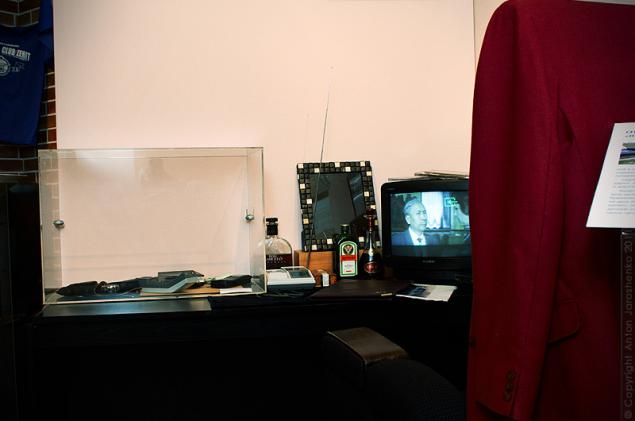
57. Notice what objects on a table presents the nineties.
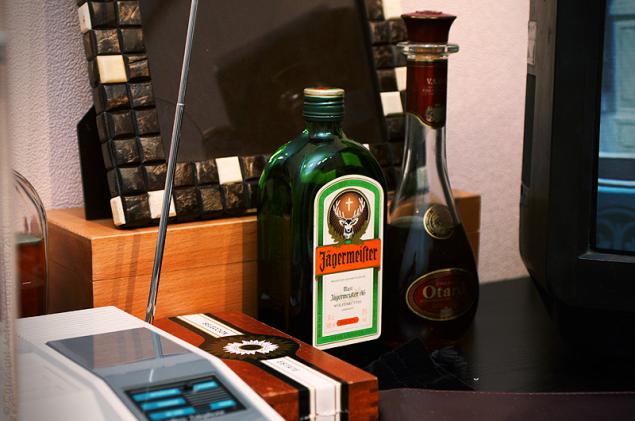
58.
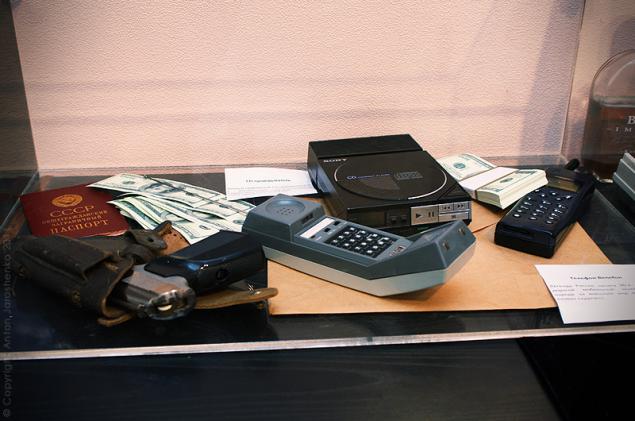
59. SEGA. Yet something must be there to say?
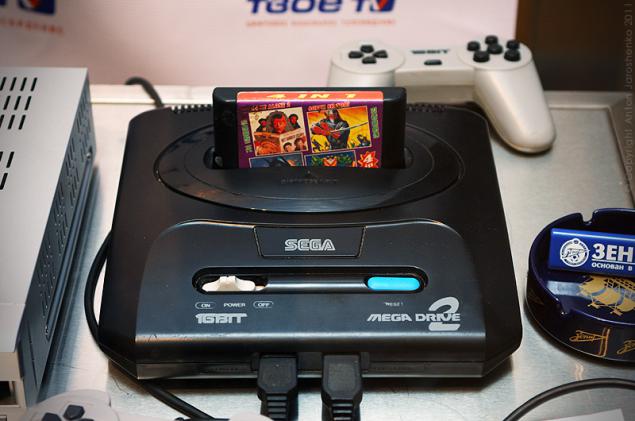
60. It is already present in practice. Many are still in the office are such devices.
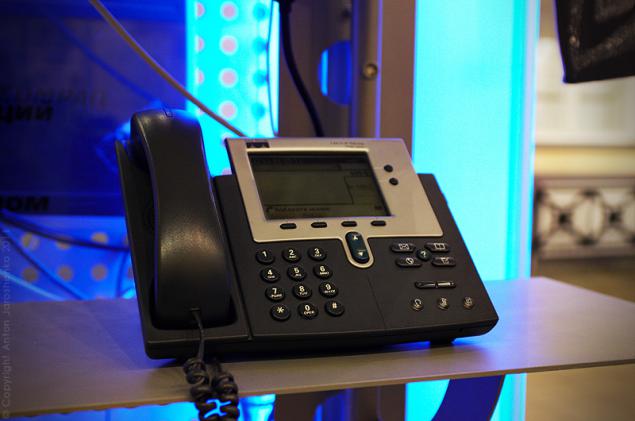
61. Once upon a time, at the exhibition, I saw such a device. This videophone. Then I thought, that's it develops telephony, will be held for five years and everyone will have these phones, you can see the interlocutor. One can not even imagine that there will be Skype.
It's been more than two times five, alas, this phone is not caught. Rather, it is an exhibit that was not there.
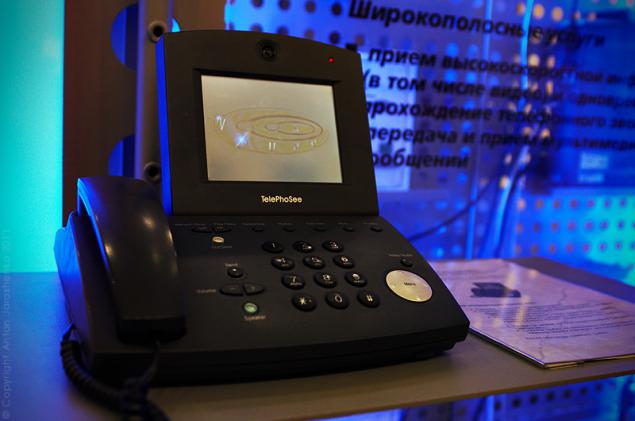
62. It is also not caught and Internet payphone.
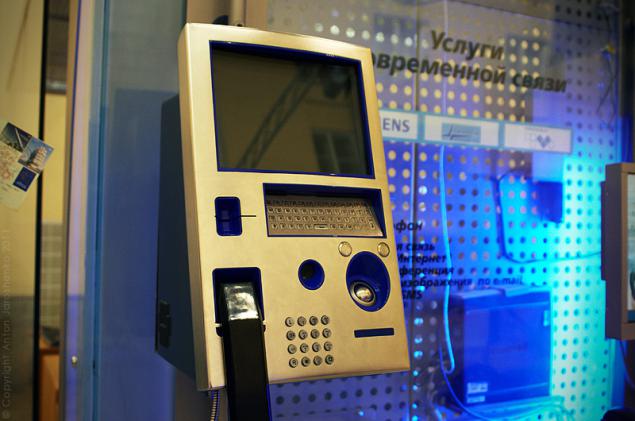
63. The most interesting was to see the phones used by practically yesterday, as the exhibits.
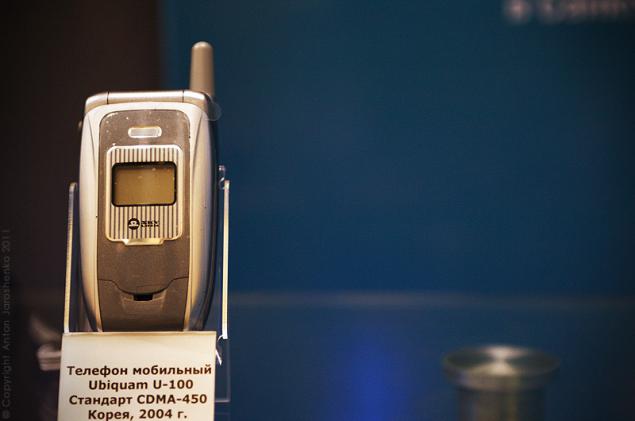
64.
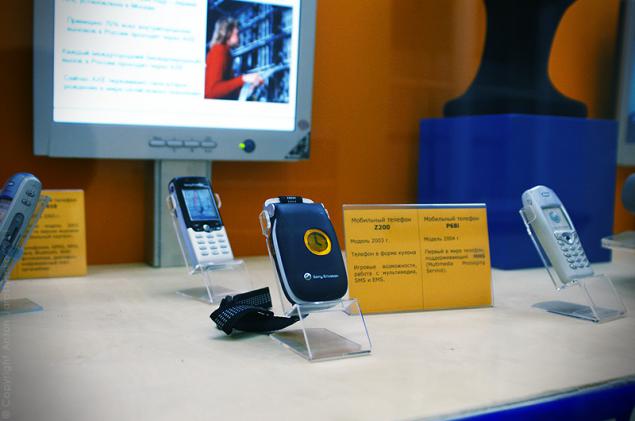
65. Camera for astronauts.
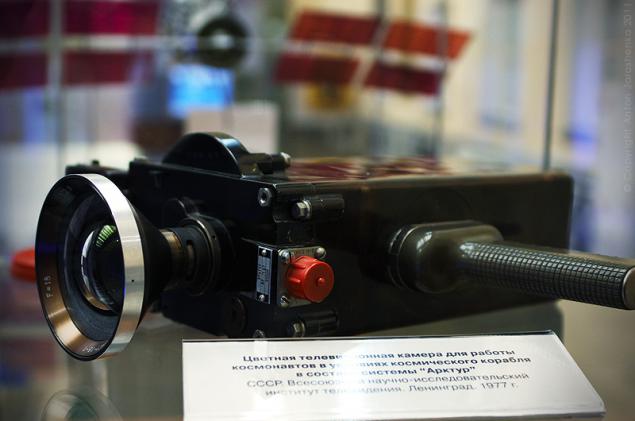
66. Models of communication satellites.
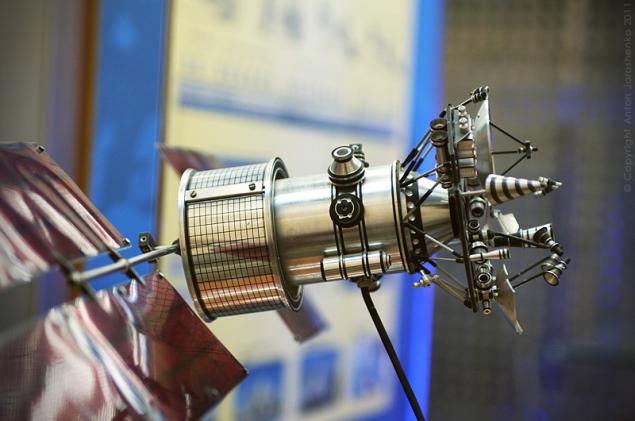
67. Pip-pip-pip ...
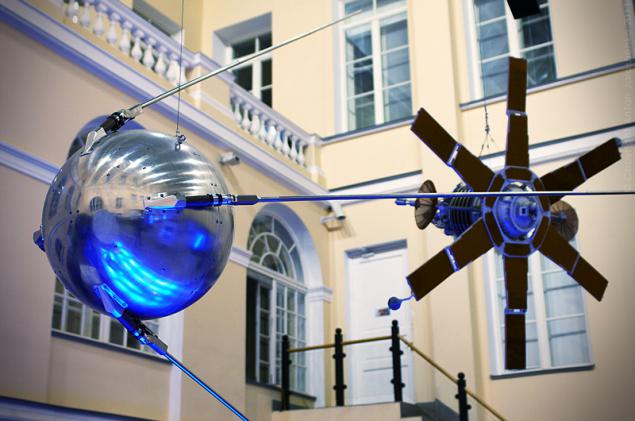
68. Well and natural products.

End. Thank you!
69.
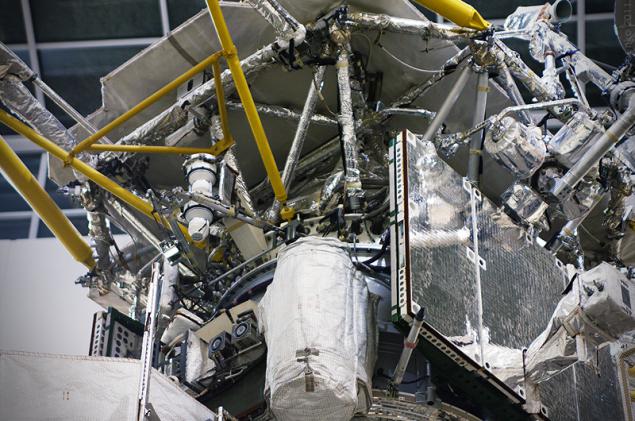
Source:
69 pictures
We continue to get acquainted with the museums.
Central Museum of Communications Popov
St. Petersburg, Post Office Lane 4
01

Popov Museum of Communications, surprisingly about the means of communication. Very interesting and interactive. It has exhibits showing certain laws of physics, properties and types of data.
02. It begins with a museum exposition analog-mail. Previously, nearly drove like that.

03. Those who lived to the south, carried mail by camel, that's it.

04. Those who lived to the north, were taken to the dogs, that's it.

05. In general, presented a different kind of historical postal crews.

06.

07. In the section devoted to post a huge collection of brands in different years. Terribly interesting to see.

08.

09.

10. Postal print.

11. Postal wagon.

12. Traffic traveling casket officials with all the necessary items in the way.

13. Do you remember these scales? Each post stood. With the pay scale.

14. But undoubtedly the most interesting exhibit is a working installation of pneumatic.
Used settings such as libraries, warehouses, manufacturing, banks, where needed within the production at some distance to transfer documents or objects.
It works like this. Here is a capsule taken. It put a document or object that you want to transfer.

15. The capsule is mounted on the base.

16. Push the button, and our capsule flew through the pipe to the base of the destination.

17. Then there are expositions telling about the first experience of communication wires.
Experimental battery Volta galvanic cells.

18. Installation showing the principle of electromagnetism.

19. The underground telegraph lines.

20.

21.

22. induktornym telegraph, manufacture Siemens 1860.

23. If you come to the museum with friends, you can talk to Morse code.

24. It should be a telegraph pole, all at Chesnakov.

25. Installation, demonstrates the power of sound waves. On the speaker can put paper clips, pins, and shout with all the dope into the microphone.

26. This stand demonstrates how the ear sound analog and digital interference.

27. Our friend inductor telegraph Siemens.

28. Military field installation Morse relief device.

29. Klopfernaya installation at the general table.

30. This switch.
- Hello, girl ...
- Fifteenth, I listen.
- Girl, please Tomsk, number one hundred and twenty, forty-four, eighteen.
- Wait.
...
- Hello, Tomsk, Moscow is connecting ...
And the bottom connector is stuck into the appropriate slot on the switch. So Intercity worked in Soviet times. Several of these units stood in a row and they were on duty day and night, girls. Long ago, when it was not a museum piece, the author even participated in the process.

31.

32. Switch much earlier period. The beginning of XX century.

33. Freaky beauty phone that apparently Singer sewing machine designers do.

34. The headset telephone operators. By the time this is also the beginning of the XX, the end of the XIX centuries.

35. Well, no, that is, you imagine. Those switches, about which I said above, were still in my memory in the 90's and these headsets with older switches this is the end of the XIX century, that is the difference in a hundred years, fundamental changes have been. Now imagine, since the 90's as a link stepped forward and for how long, for a century, the industry has been waiting for the jump.
Older phones.

36. Another great phone.

37. Switch office ATSK those years.

38. In general, older phones in the museum very much, very remarkable instances. But we did not film endless, so go ahead. And anyone interested go to the museum themselves look at them, I do not replace your trip to the museum, I was just telling you about it.
Sound engineering console. I operated on a "lighthouse" until 2005.

39. Radio "The Star-54" Moscow 1954.

40. Radio "VEF-M557 super" Riga 1947.

41. Radio telephones. Here the question remains unclear what niche and communication format occupy these devices, it is a question likely to signalmen. These are not the cordless phones that you have at home, such as a tube to the apartment to walk, but it's not mobile phones.

42. Those who have not been in the 90 mobile phones, pagers used. But for those who do not otduplyal nothing in the 90 tell. This sort of thing for which only come sms. And to send a smsku (paging message) I had to call the operator and say you are a subscriber to this something you want to tell: "Bob, we are waiting for you on Tverskaya, which is usually". Not once did anyone pager never posted messages zapadlo had somewhere to call and dictate text messages.

43. The base station GSM Nokia DE-21 in 1994.

44.

45. Mobil in stock.

46. Well, that's all cool gadgets for his age.

47. Get away from Mobil.
Television camera color image "CT-116TS" 1971. On the domestic television studios up to 90 such cameras were in service.

48. "Youth 2" in 1971.

49. "Silelis" 1983. Such a box is considered cool to have.

50. But let us return to a little telephone. We dive into analog PBX. This area now requires a couple of lockers for customer service. And earlier exchanges took huge buildings, several floors of automatic relay stations. The museum is a mock-Asian

51. One drawback on the model, the computer did not exist in the ATSC, a maximum of one or two, but not as much as on the model.

52. Not only is the layout of the device reflects station. ATS relay installed itself in the hall of the museum. Actions and works.

53. Nearby are phones numbers written on them. It can be from a nearby phone call this by its number through this same PBX. Klats-klats-klats, tr-tr-tr, click the relay, it works!

54. All elements of communication, used by the person in the home, interior installations represented different eras.
postwar intererchik.

55. Soviet era. Somehow, the whole period of the scoop prefer to display the restructuring.

56. Nineties.

57. Notice what objects on a table presents the nineties.

58.

59. SEGA. Yet something must be there to say?

60. It is already present in practice. Many are still in the office are such devices.

61. Once upon a time, at the exhibition, I saw such a device. This videophone. Then I thought, that's it develops telephony, will be held for five years and everyone will have these phones, you can see the interlocutor. One can not even imagine that there will be Skype.
It's been more than two times five, alas, this phone is not caught. Rather, it is an exhibit that was not there.

62. It is also not caught and Internet payphone.

63. The most interesting was to see the phones used by practically yesterday, as the exhibits.

64.

65. Camera for astronauts.

66. Models of communication satellites.

67. Pip-pip-pip ...

68. Well and natural products.

End. Thank you!
69.

Source:
